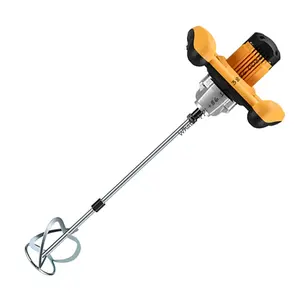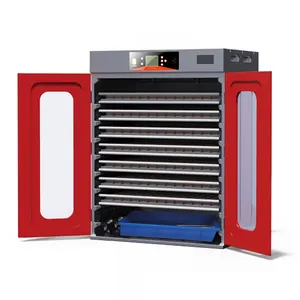Popular in your industry







































































Related Searches:
































































































































Top categories
About centrifugal separators for coal
Understanding Centrifugal Separators for Coal
Centrifugal separators for coal are specialized devices designed to facilitate the separation of particulates from coal. These separators leverage the centrifugal force to segregate particles based on density, size, and shape, which is critical in various stages of coal processing and preparation.
Types and Applications
There are multiple variations of centrifugal separators for coal, each suited to different applications. Some are tailored for fine coal recovery, while others are designed for the de-watering of coal product or refuse. Their applications extend across the coal preparation plant, from initial coarse separation to fine tailings treatment.
Design Features and Materials
The design of a coal centrifugal separator is pivotal to its function. Most separators are constructed from durable materials like stainless steel, capable of withstanding the abrasive nature of coal processing. The internal components are designed to maximize separation efficiency while minimizing wear.
Operational Advantages
The operational advantages of using a centrifugal separator in coal processing are numerous. They offer an efficient way to reduce the moisture content of coal, improve the quality of the coal by removing impurities, and reduce the environmental impact of coal mining by minimizing waste.
Selection Criteria
When selecting a centrifugal coal separator, it is essential to consider factors such as feed rate, particle size distribution, and separation requirements. The chosen equipment should align with the specific needs of the coal processing operation to ensure optimal performance.
Environmental and Safety Considerations
Environmental and safety considerations are paramount when implementing centrifugal coal separation technology. These systems are designed to meet industry standards, ensuring that they not only efficiently separate materials but also contribute to safer work environments and lower environmental footprints.
































































